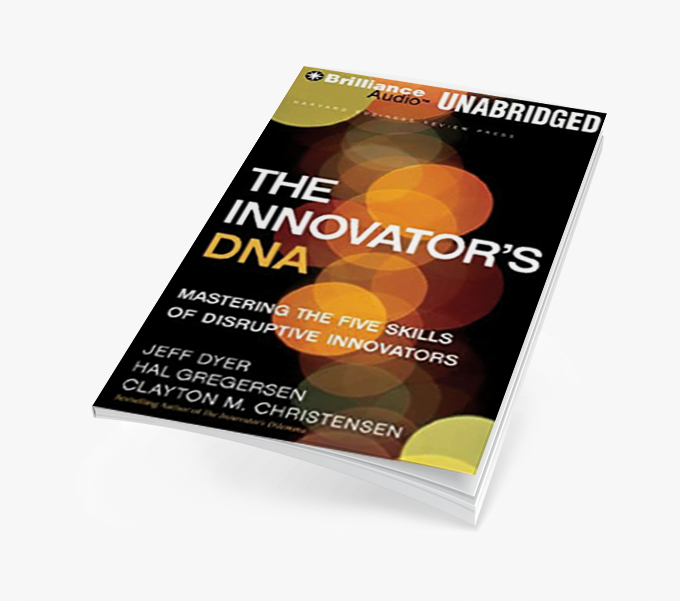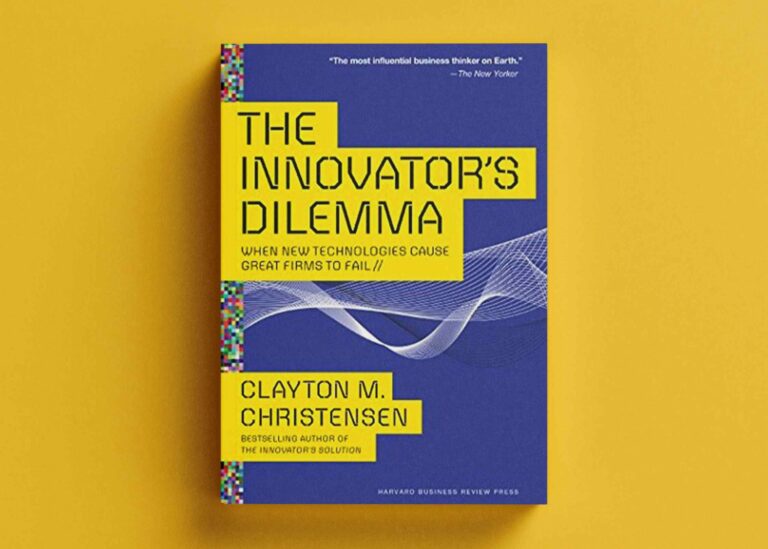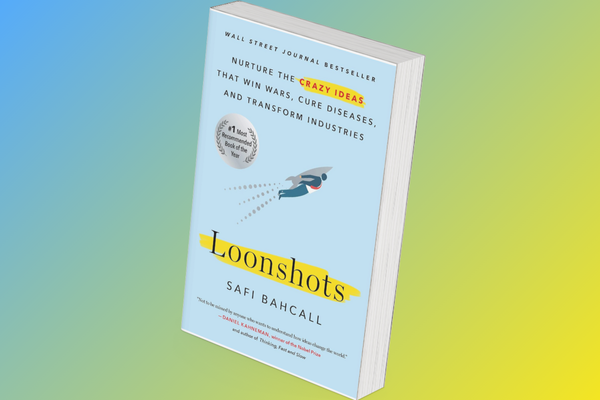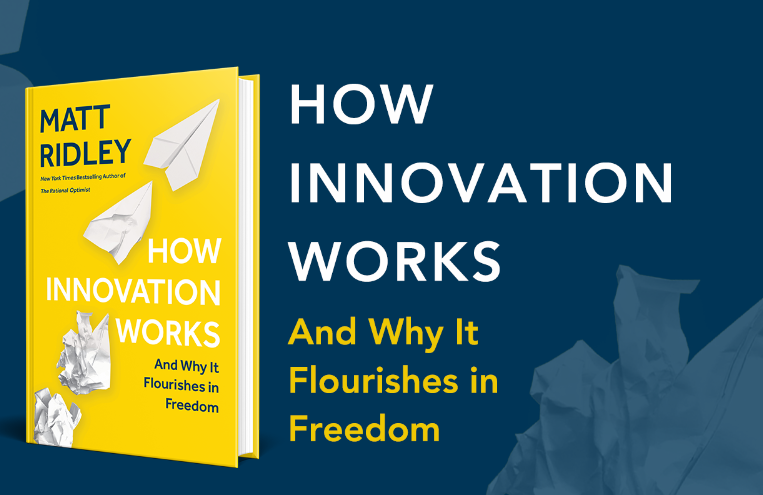How questioning, observing, networking, experimenting, and associating turn curiosity into competitive advantage.
The Science of Creative Leadership
Innovation isn’t magic—it’s a discipline. That’s the core insight from The Innovator’s DNA by Jeff Dyer, Hal Gregersen, and Clayton Christensen. After studying hundreds of entrepreneurs and executives—from Jeff Bezos to Steve Jobs—the authors found a repeatable pattern.
Disruptive innovators share five discovery skills: Questioning, Observing, Networking, Experimenting, and Associating. These aren’t personality traits; they’re habits that anyone can strengthen with deliberate practice.
In an age where generative AI automates knowledge work and industries transform faster than strategy cycles, these five skills define the leaders who will thrive—not just survive.
1. Questioning: The Engine of Discovery
Innovators don’t start with answers—they start with better questions.
Jobs famously asked, “Why does a phone need a keyboard?” Bezos wondered, “What could the internet make possible for retail?” These are not technical questions—they’re strategic reframings.
Building your questioning muscle means turning assumptions into hypotheses. Ask “what if” and “why not” until the obvious becomes elastic. Questioning reframes constraints as design challenges.
In leadership, this habit disrupts complacency. It turns static business models into evolving value networks.
2. Observing: Seeing What Others Miss
The most powerful insights often come from watching, not working.
Scott Cook, founder of Intuit, noticed his wife’s frustration managing household finances—and turned that observation into Quicken. Tesla engineers observed drivers’ charging anxieties long before the rest of the industry took range seriously.
Observation is about noticing friction points, anomalies, and human behavior in context. Innovators treat observation like data collection—small moments that hint at systemic change.
In the age of data analytics, the human eye remains the most underrated sensor in innovation.
3. Networking: Curiosity Across Boundaries
Networking isn’t about collecting contacts—it’s about colliding ideas.
Innovators seek conversations beyond their domain. They talk to artists, engineers, policymakers, and anthropologists. These collisions create mental cross-pollination—the raw material of creative insight.
The authors call this “discovery-driven networking.” It’s about curiosity, not career advancement. When leaders curate diversity in their networks, they access new metaphors and mental models.
In innovation ecosystems like the UAE or Silicon Valley, network diversity is a leading indicator of breakthrough potential.
4. Experimenting: Learning by Doing
Every innovator is part scientist, part tinkerer.
From Edison’s relentless prototyping to Google’s “20% time,” experimentation transforms uncertainty into learning. The cost of failure drops, the pace of iteration rises, and the feedback loop tightens.
In corporate environments, experimentation creates a portfolio of small bets that test big ideas. It shifts organizations from risk avoidance to evidence creation.
In a world driven by digital twins, synthetic data, and AI simulations, the experimental mindset is the ultimate strategic advantage.
5. Associating: Connecting the Unconnected
The fifth skill—associating—is where true creativity ignites.
It’s the ability to connect unrelated ideas into something novel. Think of Airbnb (hospitality + sharing economy) or SpaceX (aerospace + startup agility). These associations emerge when questioning, observing, networking, and experimenting converge.
Innovation is often the byproduct of mental collision. The mind becomes a combinatorial engine where patterns reconfigure into opportunity.
For leaders, this means cultivating not just expertise, but breadth of curiosity. The wider your cognitive range, the richer your associative potential.
Looking Ahead
The Innovator’s DNA isn’t just a leadership framework—it’s a survival code for a nonlinear economy.
In a future where AI can draft, design, and decide, the human edge lies in curiosity and synthesis. Leaders who practice these five habits don’t wait for disruption—they generate it.
So start small: ask better questions, observe a customer, connect outside your comfort zone, run a micro-experiment, and link ideas across disciplines.
That’s how innovation becomes culture—and how creative leaders shape tomorrow’s industries.
Follow Tomorrowist for more insights on innovation, deep tech, and value creation.






